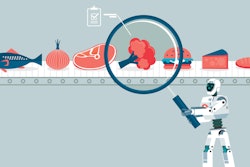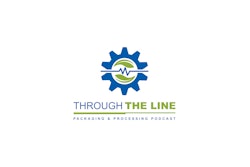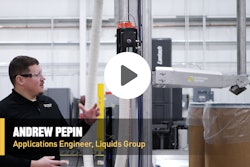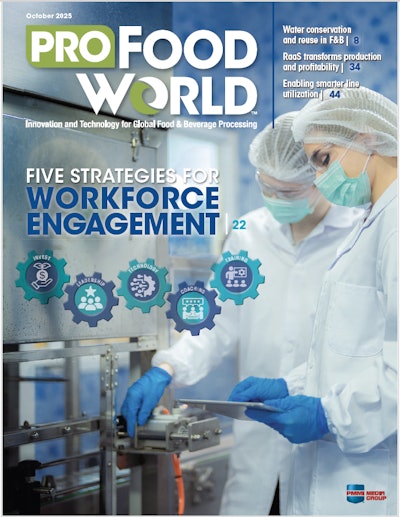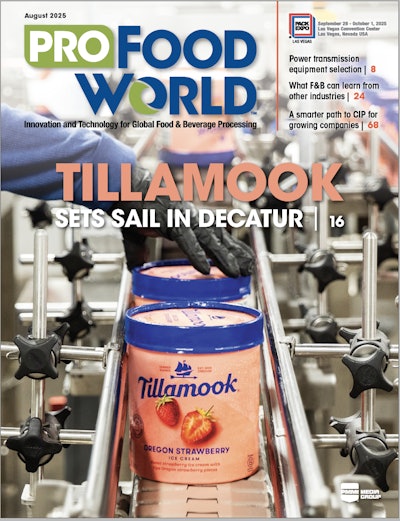Its detractors are quick to point out how expensive it is, both in time and financial outlay. They also begrudge that it requires a real commitment from management, not just the kind of lip service some companies have shown toward other “quality improvement” programs.
The commitment it requires is probably its main benefit. Remember, it’s third-party audited, unlike many other quality programs relying almost exclusively on the subject company to develop its own “measurements” and then to reliably meet them. Sure, a company in concert with its customers should be able to identify the quality factors that are critical to its products. But, too often, this selection can be a self-fulfilling prophecy: A company’s yardsticks can often be what that company is really good at, and other factors aren’t weighted with high importance.
For example, Statistical Process Control (SPC) has been widely promoted as one method to guarantee the quality of a company’s products. And for what it measures—usually measurable process conditions—it can be very helpful. But what happens when the product moves from the production floor to packaging and warehousing? How good is that company’s order fulfillment? Does it measure the timeliness and quality of delivery? How about after-sale service? All of these factors can be vital to manufacturing quality in a vendor relationship. But they are not usually measurable by SPC instrumentation.
That’s why ISO standards, although less product-specific, can be a far more encompassing guide to customer satisfaction than the detailed charts provided by companies that monitor production via SPC. To be sure, SPC should be a more detailed indication of the process conditions when a product was manufactured. And that can have great value to a company purchasing that product, especially in terms of the level of incoming goods inspection. But it can be of no use if the product is not provided at the time or in the quantity the purchaser or the contract requires.
Probably even more important, ISO standards deal in the elements that make sense across borders. “It’s almost impossible to do international business today without ISO certification,” says Victor La Valla, vice president of FoxIntegrity Graphics (Windsor, CT), a packaging converter to manufacturers around the world. “Compliance with the ISO 9000 standards helps reduce waste, thereby increasing productivity and efficiency. It’s a quality management system that embodies all the factors that contribute to producing a quality product or service.”
Nearly as important, ISO 9000 requires ongoing audits. “A third-party, independent auditor visits each company twice a year to ensure that the operation remains in compliance,” La Valla notes. In 1998, for example, some 433 companies lost their ISO certification because they failed to meet the ongoing surveillance audits.
More than anything else, ISO certification means a company adheres to a set of principles and operating philosophy that are recognized throughout the world. This fact, that the ISO standards are established by worldwide agreement, is the strongest argument behind adherence. As more and more companies do business around the globe, ISO standards have become a recognized international “license plate.” The “license” gives a buyer assurance that a company has met standards for manufacturing and service. For some of these buyers, ISO certification has become the “price of admission” to qualify to bid on a project.
Even if the standards themselves guarantee little in terms of manufacturing expertise, they demonstrate a company’s willingness to submit to a third-party audit of its practices and to invest both time and money in its implementation. More important, this effort represents tangible indications that a company has confidence in its operations and is willing to wager significant money that it will win and maintain certification.
One of my favorite television commercials shows a Far Eastern management meeting that is discussing new, higher prices quoted by a long-time supplier. When the purchasing manager is queried about other vendors, he is embarrassed to report that there had been no other suppliers. Then another representative reports a quote submitted by Willie’s Widgets (I don’t recall the real name). When asked, the group is shocked to learn that this company is located in Texas. It closes with a view of Willie in a work shirt at his computer responding to the company’s request for more details.
If Willie’s Widgets comes with ISO certification, that Far Eastern company is likely to have significantly more confidence that the company can deliver the parts it needs at the quality and service level for which it contracts. It’s not meant to be a substitute for checking other factors about the company: its capitalization, business reputation, credit worthiness, technical support capability, etc.
Sure, it’s imperfect, but it’s a start. It will mean more to some buyers than others, but just because it’s not all-encompassing is no reason to avoid it. If nothing else, at least it’s a substantive start. In some ways, it’s probably the equivalent of a company’s financial advisor certifying that its annual audit has been performed in accordance with international accounting standards.



